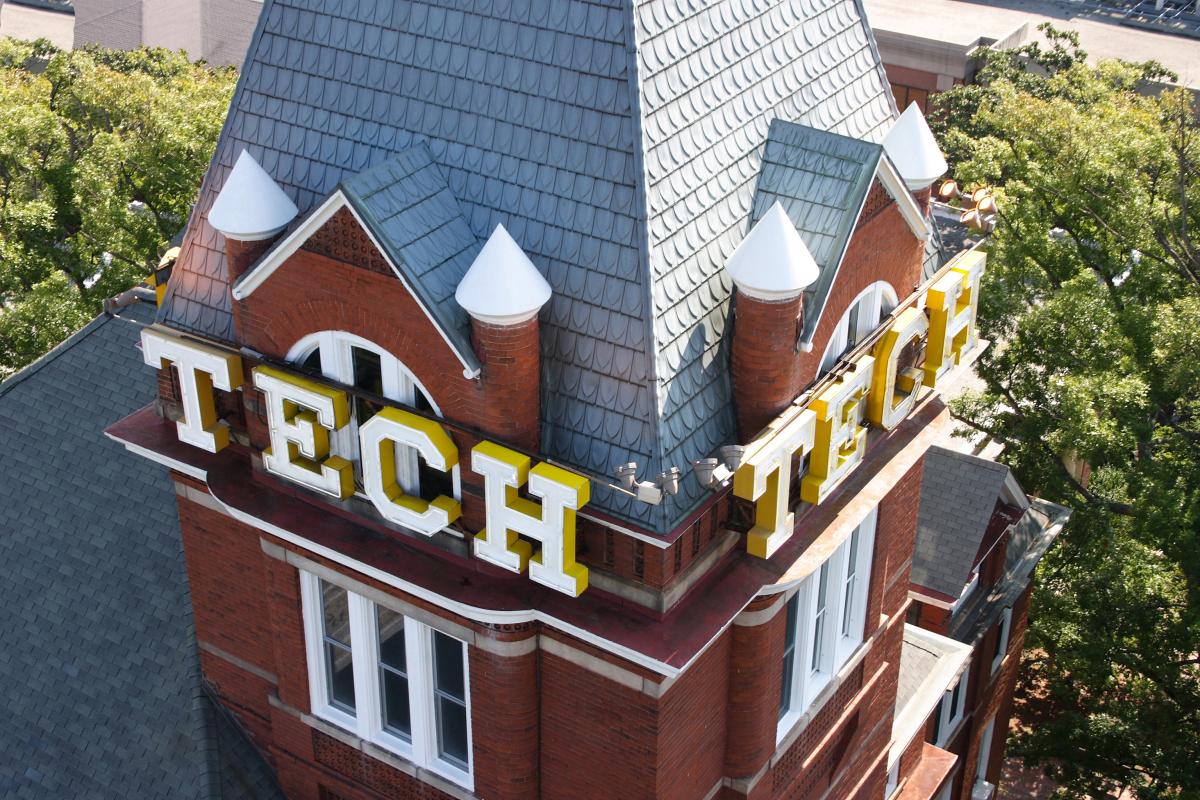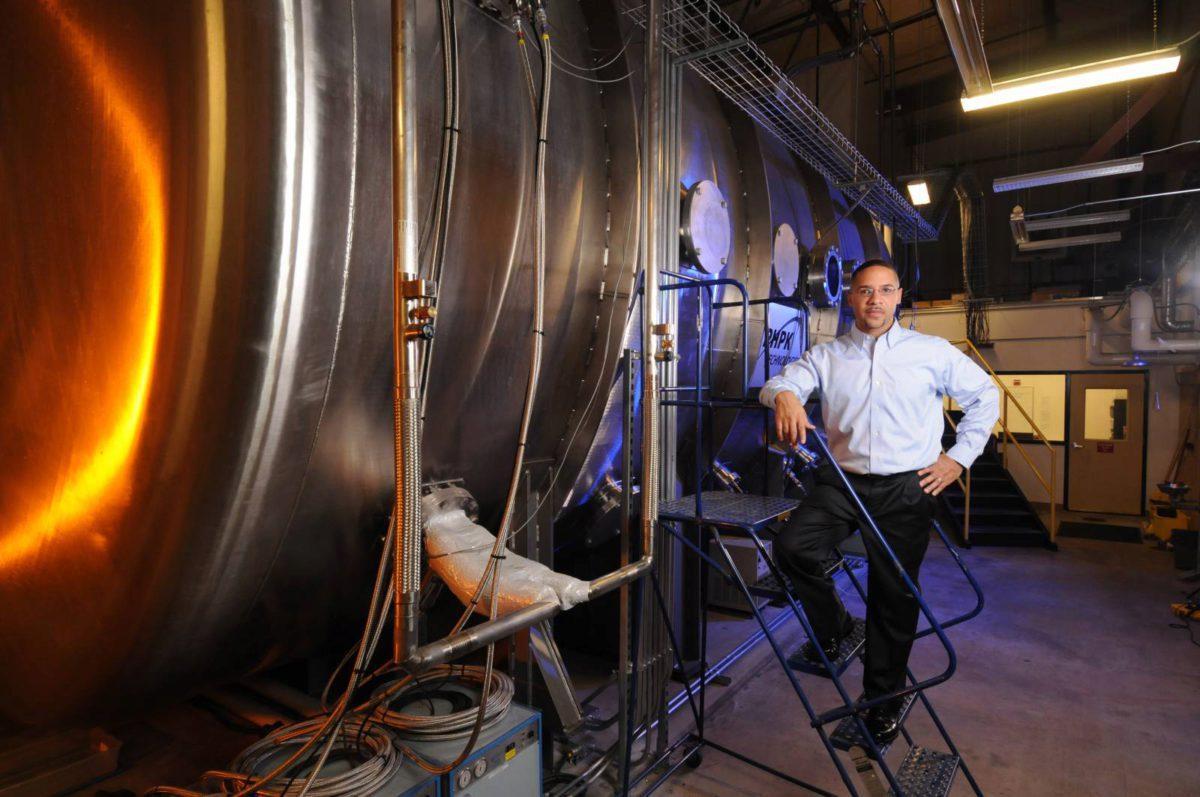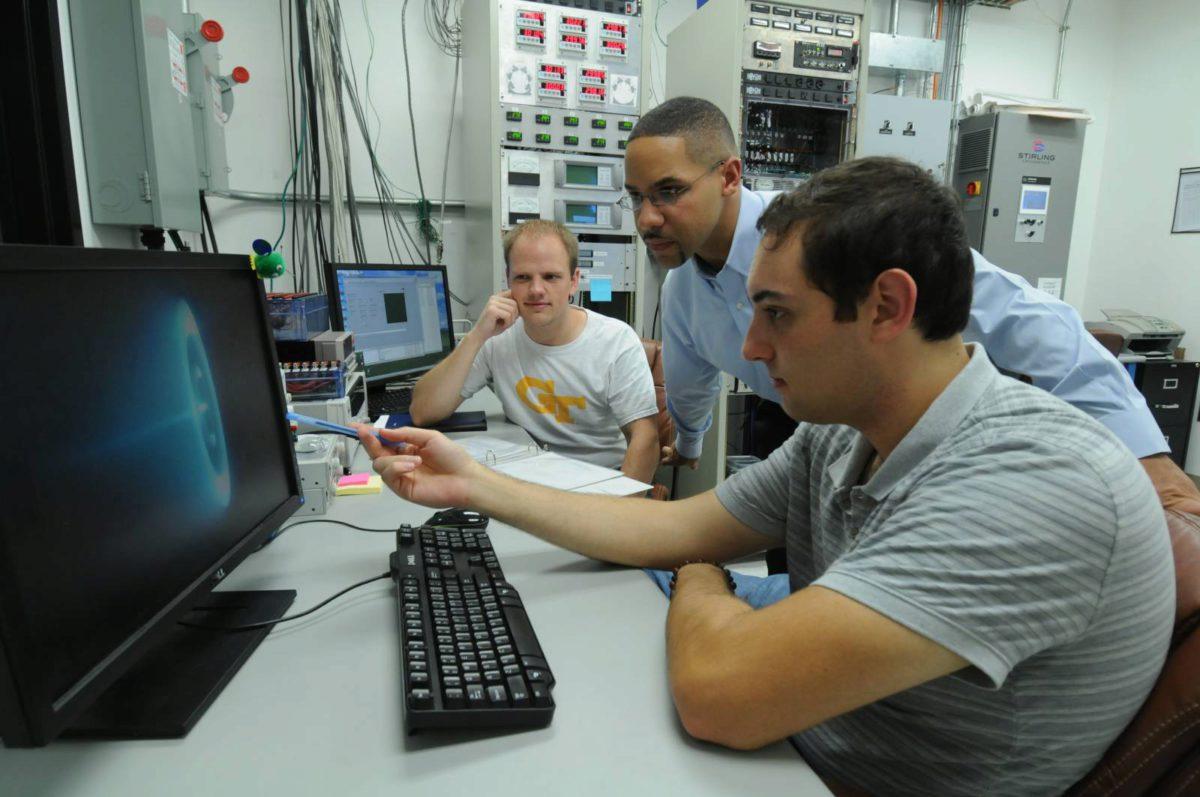
You can learn a lot about someone in just five minutes, and first impressions can leave a lasting impact. Sometimes, it only takes five minutes to learn something new, connect over shared interests, or change a person’s mind. It’s just enough time to leave an indelible mark that can last a lifetime.
Today, we sat down with Mitchell Walker, professor and head of the High-Power Electric Propulsion Laboratory, for five minutes to see what we could discover.
As all the great inventors and scientists know, research can be frustrating. There is the preparation — writing grants and proposals, hiring assistants, and the endless planning — all of which takes place before the project even begins. And when it does kick off, there are sometimes unavoidable mistakes, confusion and ambiguity.
Becoming accustomed to the great degree of uncertainty that is inherent in research was one of the biggest challenges for Mitchell Walker, professor in the School of Aerospace Engineering and head of the High-Power Electric Propulsion Laboratory (HPEPL). However, his mastery of the unpredictable is the reason he is so successful.
“I think in general, as a researcher, getting used to the uncertainty in how the research is done [is a challenge], be it from what each student brings to the table, to what will be the results of the research, to what will the funding be like three years from now,” said Walker.
He handles that uncertainty by becoming very strategic about writing proposals and developing relationships with sponsors. Walker receives input from his peers on his research earlier in the process, instead of when there is already a problem. Most importantly, he hires the best student researchers he can in order to help him reach his lofty goals.
According to Walker, a key moment in his career was the first time his team was able to start up the vacuum facility that they had built from scratch. The use of this and other ongoing projects fall under the HPEPL’s goal of understanding plasma physics as it applies to space propulsion. The vacuum facility included a seven-ton engine that was built entirely in the lab by Tech students, and the project required many different moving parts to come together cohesively in order to pull off. Since then, Walker and the researchers on his team continue to make strides towards making electric propulsion possible.
“Instead of making a fire to throw the propellant that pushes the spacecraft, we take electricity from the sun for free and use that energy source to propel the spacecraft,” said Walker. “My students write dissertations on understanding the plasma physics necessary to efficiently throw propellant in very confined spaces in a very particular velocity window.”
Walker’s students seem to have an exceptional impact on his life, just as he has had on theirs.
“A defining moment was the graduation of my first Ph.D. student,” said Walker. “I met the person’s parents. Only at that moment had I truly understood the impact I had on their child’s life.”
For Walker, the opportunity to teach classes in aerospace engineering principles and occasionally even technical writing, provides structure in a week that changes every semester. He enjoys the opportunity to prepare for lectures.
“I like that I get to think about the different ways I can teach the material to ensure students understand it,” said Walker. “Sometimes the point isn’t to get them to understand how to do a derivation — it’s how does [the concept] fit into the discipline.”
The opportunities presented to him through Tech’s status as a leading Research I institution were a key reason Walker joined the faculty here. He was also impressed by the incredibly high student quality and the existing faculty members.
“You tend to become like the people you work with,” said Walker. “I think the people here are excellent.”

